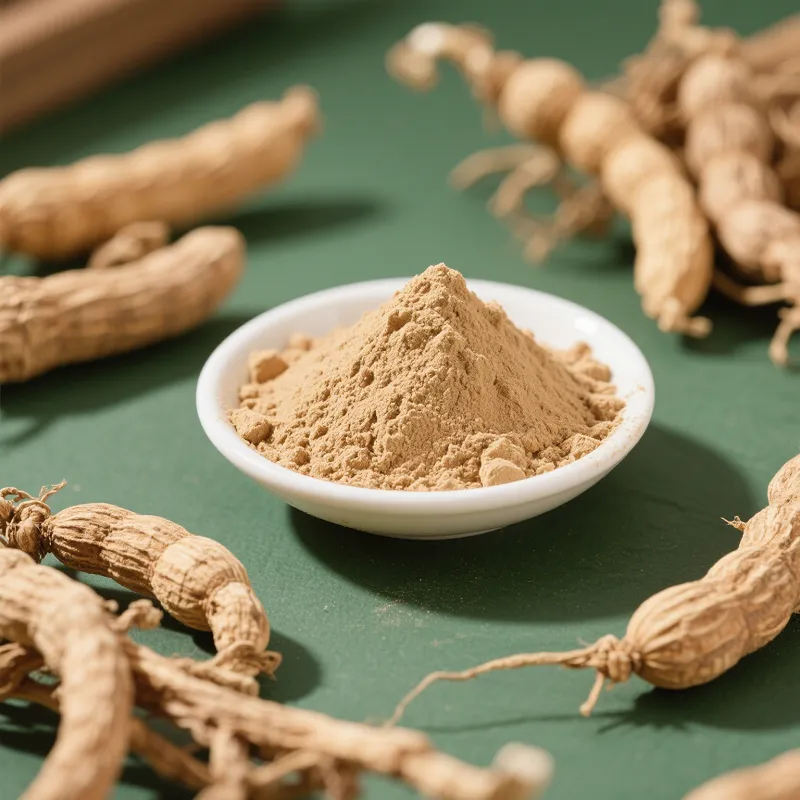
Ashwagandha Extract Powder
Looking for a reliable ashwagandha extract supplier? Gensei specializes in producing high-quality ashwagandha extract powder, including organic ashwagandha extract. We are a dedicated ashwagandha extract manufacturer focused on delivering the best ashwagandha extract known for its efficacy in promoting stress relief and vitality. Our extraction process is optimized to maximize the bioavailability of withanolides, the key active constituents in ashwagandha. Whether you require powder for supplements, functional foods, or other applications, Gensei provides a consistent and potent ashwagandha extract powder solution. Choose us as your preferred supplier for a premium, natural adaptogen.
Please note: We are a wholesale supplier and have minimum order quantities.
Have questions about this product? Our team is here to help. For inquiries about multiple ingredients, please use the Contact Us option and include the list of ingredients in your message.
Ashwagandha Extract Powder CAS No.: 8050-07-5 (This is a general CAS number for Ashwagandha Extract)
Chemical Name: Withania somnifera root extract
Synonyms:
- Indian Ginseng Extract
- Winter Cherry Extract
- Withania Extract
CB Number: CB6914078
Molecular Formula: Not applicable as it’s a complex mixture of withanolides. The main active component, Withanolide A, has the formula C₂<0xE2><0x82><0x88>H₄₂O₆
Molecular Weight: Not applicable as it’s a mixture. The molecular weight of Withanolide A is 470.65 g/mol.
MDL Number: MFCD00130709 (for Withanolide A, a major component)
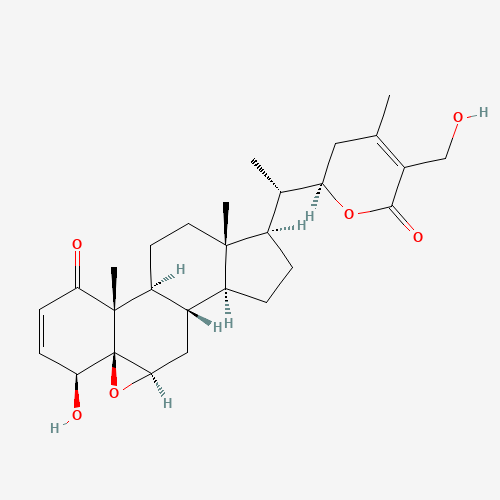
Ashwagandha Extract Powder Manufacturing Process Flowchart
Ashwagandha extract powder is typically produced by extracting the beneficial compounds from the roots of the Ashwagandha plant (*Withania somnifera*).
(Cleaned and dried roots of *Withania somnifera*)
(Ashwagandha roots are ground or sliced to increase the surface area for extraction)
(The ground roots are extracted with a solvent, commonly water or ethanol, to dissolve the withanolides and other bioactive compounds)
(The liquid extract is filtered to remove any solid particles and plant material)
(The filtered extract is concentrated, often using evaporation under vacuum, to increase the concentration of the desired compounds)
(Further purification steps may be employed to enhance the concentration of specific withanolides, such as Withanolide A)
(The concentrated extract is dried to form a powder, commonly using spray drying or low-temperature vacuum drying to preserve the active compounds)
(The dried extract is milled and sieved to achieve the desired particle size and consistency)
(Testing for withanolide content, purity, heavy metals, and other specifications)
(The Ashwagandha Extract powder is packaged in airtight containers to protect it from moisture and light)
This flowchart provides a general overview of the Ashwagandha Extract powder manufacturing process. Specific steps, solvents, and purification methods may vary depending on the manufacturer and the desired standardization of the extract.
Our State-of-the-Art Manufacturing Facilities
Explore our modern facilities equipped with advanced technology to ensure the highest quality in the production of your vitamins, herbal extracts, minerals, and amino acids.

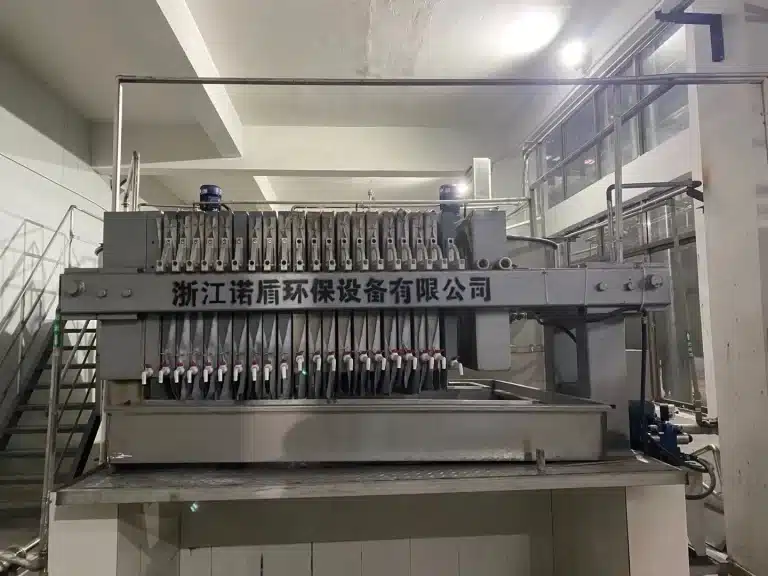
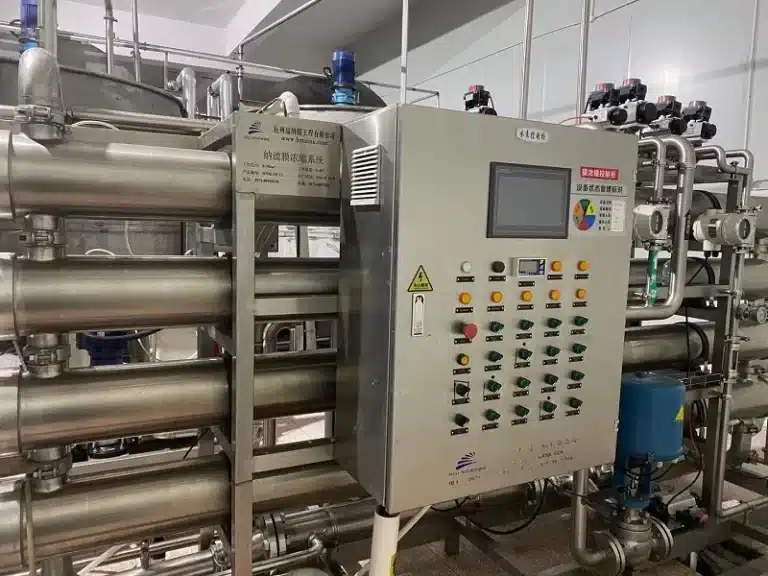
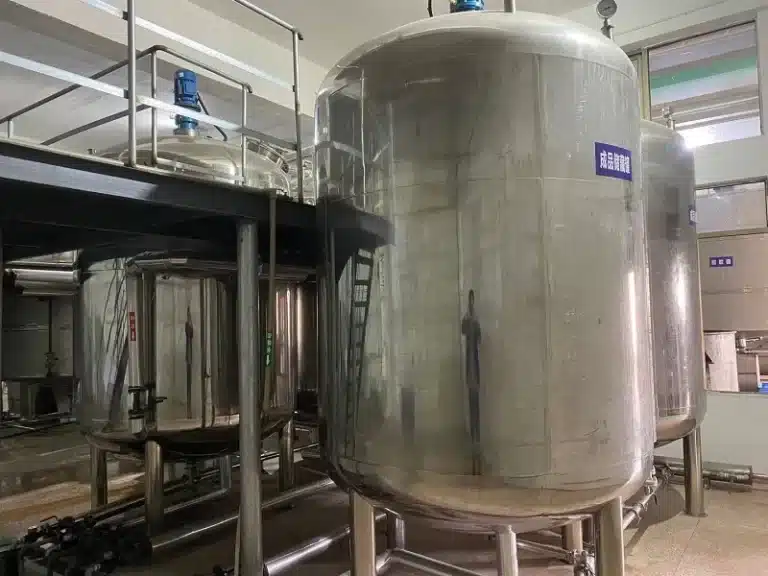
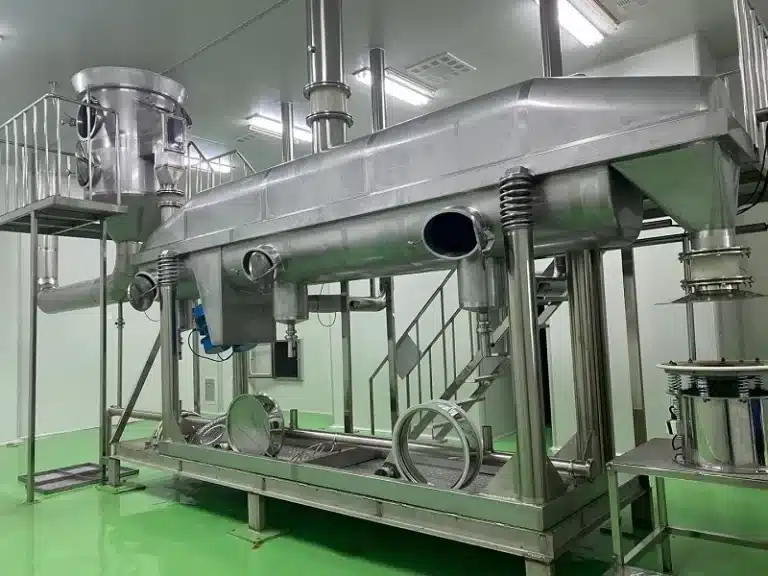




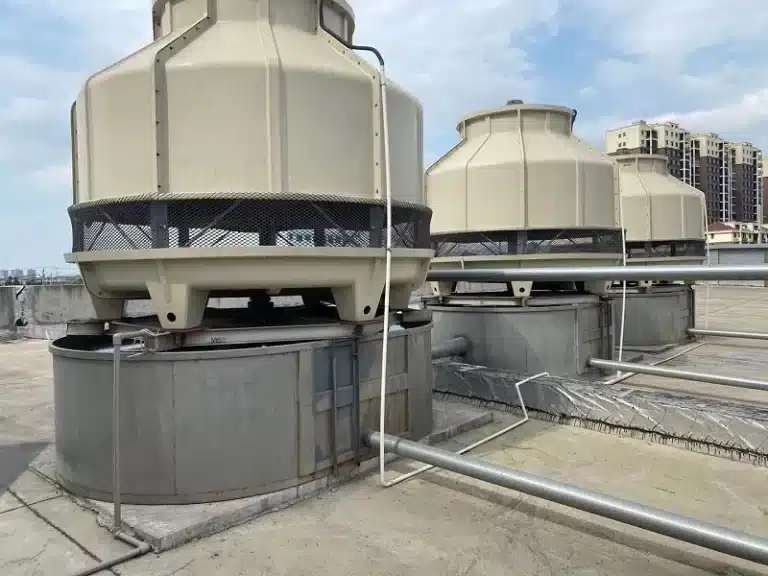
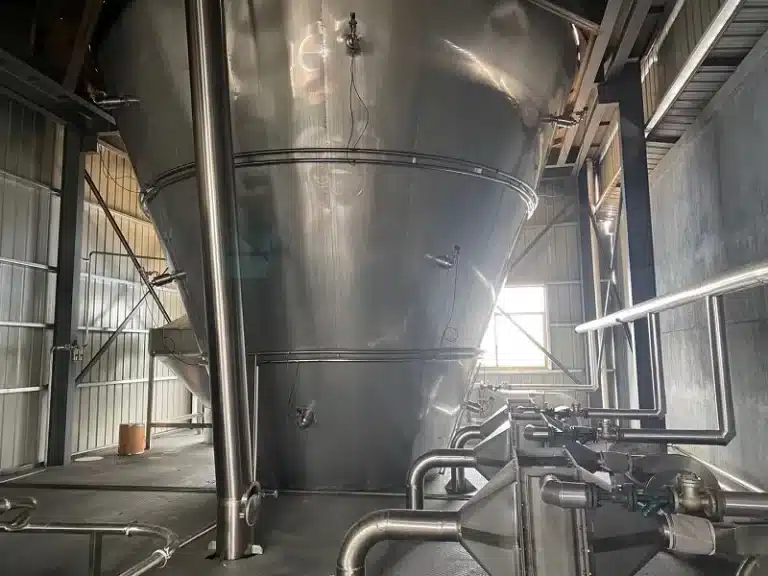
FAQs
Ashwagandha extract is known for its adaptogenic properties, helping the body manage stress and anxiety. It may also improve energy levels, support cognitive function, enhance physical performance, and have anti-inflammatory and immune-boosting effects.
Ashwagandha extract is generally well-tolerated, but some individuals may experience mild side effects such as digestive upset, drowsiness, or headache, especially at high doses. Pregnant and breastfeeding women, as well as individuals with certain medical conditions, should consult their doctor before use.
Ashwagandha extract is a concentrated form of the active compounds found in the root powder. It typically offers a higher potency of withanolides, making it potentially more effective for specific health benefits. However, the powder form also contains other beneficial compounds and may be preferred by some.
Ashwagandha extract is a concentrated powder or liquid derived from the roots or leaves of the ashwagandha plant (Withania somnifera). It contains a higher concentration of bioactive compounds, particularly withanolides, compared to the raw root powder.
Making high-quality ashwagandha extract at home is difficult due to the need for specific solvents and extraction techniques to concentrate the desired compounds. Commercial production involves specialized processes.
Ashwagandha extract is typically taken orally in capsule, tablet, or powder form. The recommended dosage varies depending on the product and the intended use. Follow the instructions on the product label or consult with a healthcare professional.
(Referring to whether extract is better than powder) As mentioned in question 3, extract offers a higher concentration of active compounds, which may be beneficial for targeted effects. However, both forms have their advantages depending on individual needs and preferences.
Ashwagandha extract is generally considered safe for most adults when taken at recommended dosages. However, it's important to consult with a healthcare professional before starting any new supplement, especially if you have underlying health conditions or are taking medications.
Ashwagandha extract acts as an adaptogen, helping the body to cope with stress. It can also have various other effects, including improving energy levels, supporting cognitive function, reducing inflammation, and boosting the immune system.
Ashwagandha extract is commonly used for reducing stress and anxiety, improving sleep, enhancing energy and focus, supporting adrenal health, and promoting overall well-being.
Ashwagandha extract is used as a natural remedy for various conditions, including stress, anxiety, fatigue, insomnia, and to support overall vitality and immune function.
Ashwagandha root is the raw, dried root of the plant, which can be ground into a powder. Ashwagandha extract is a concentrated form derived from the root (or sometimes leaves) using solvents to extract a higher concentration of the active compounds, particularly withanolides.
While the terms are often used interchangeably, ashwagandha generally refers to the plant or its root, while ashwagandha extract is a concentrated product derived from the plant material.
KSM-66 is a specific, branded type of ashwagandha root extract that has undergone extensive clinical research. It is known for its high concentration of withanolides and is often considered a premium form of ashwagandha extract.

